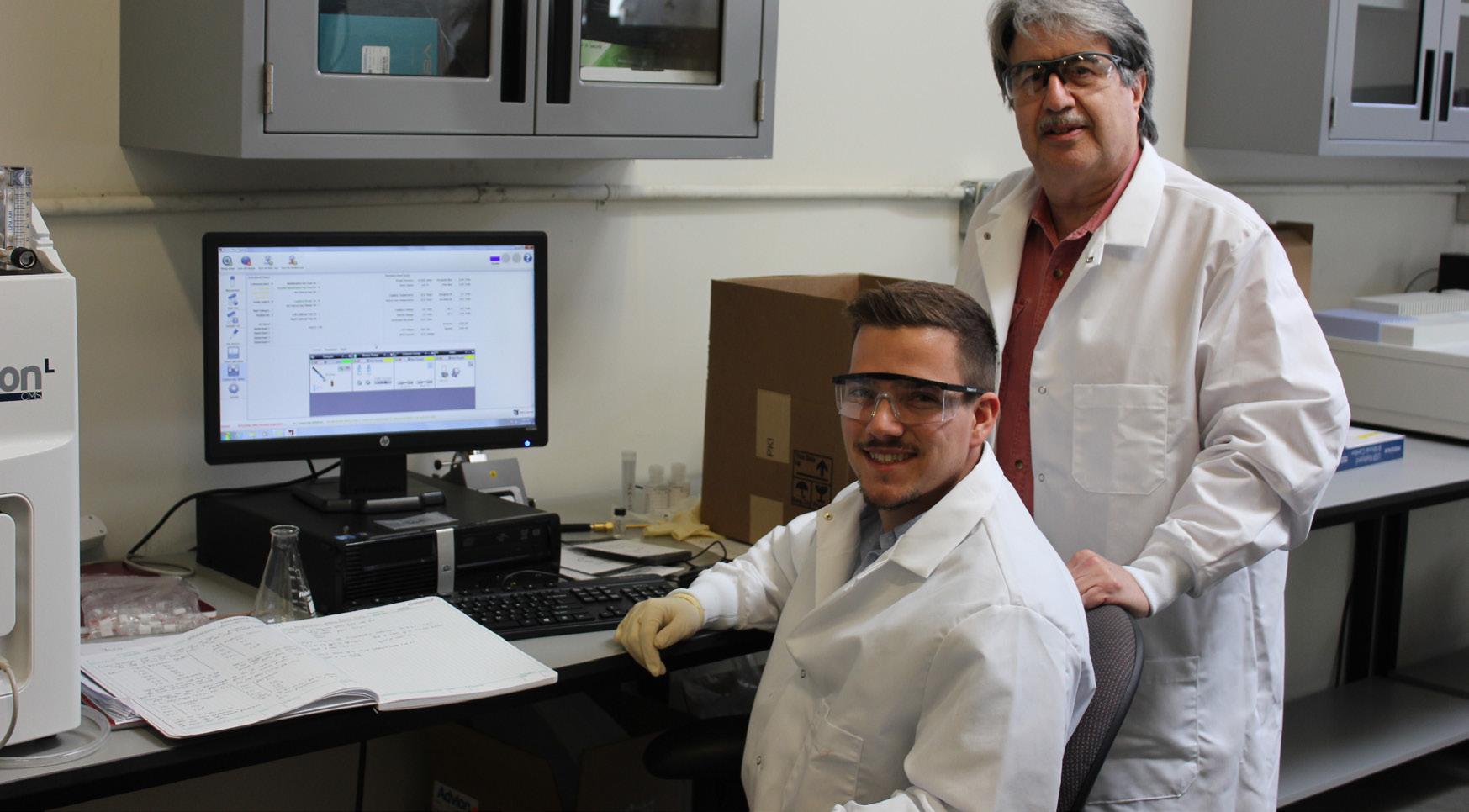
2 minute read
Internship Timeline
Determining the timeline for your internship program is an important process. This example runs the course of an academic year for CSUCI students (starting fall semester through spring semester) and can be altered to fit the needs of your business, organization, or agency. Internships are typically summer positions that last 2-3 months, but they can also occur during spring or fall semesters on a full- or part-time basis. Internships can also last a full year and include recent graduates. In fact, longer internships provide greater opportunity for both employers and interns to reap the benefits discussed earlier in this guide. Because it takes time to acclimate to a new workplace environment, interns who stay longer might have a greater impact. This timeline shows that employers should begin planning well in advance to successfully run their inclusive internship program.
➜ MARCH
Advertisement
• Identify coordinator(s) to lead the program • Ensure the workplace is inclusive and accessible for everyone • Identify the need for the program by connecting with senior management and potential workplace supervisors
➜ APRIL
• Determine the budget, resources, and scale of the program along with optional mission and goal statements • Compile the internship application package and disseminate the accessible internship application package Pro Tip: Attend CSUCI’s annual spring Career & Internship Fair to promote internship position(s)
➜ MAY
• Identify site supervisors/managers to begin planning for an orientation and any trainings that need to happen for these mentors • Determine the form, scope, and methodology that will be used in conducting intern & program evaluations
➜ JUNE/JULY
• Close the application period and begin to review candidates with input from workplace supervisors • Schedule phone interviews to screen candidates
➜ AUGUST
CSUCI fall semester begins the last week in August • If necessary, schedule an additional round of interviews • Notify selected interns • Train workplace supervisors • Manage accommodation requests • Compile and disseminate program or logistical information to interns with input from workplace supervisors ➜ SEPTEMBER
• Prepare workplaces and orientation materials for interns • Welcome interns and conduct orientation and training, which can include important activities like mentoring • Complete necessary academic credit internship paperwork (i.e. Student Self-Selected Internship
Placement Agreement, Learning Plan) within the two week Add/Drop period
➜ OCTOBER
• Maintain communication with interns • Conduct mid-term evaluation between interns and supervisors • Begin planning recruitment for new interns for the spring semester • Contact former interns to assist in recruitment of future interns • Open spring application for student recruitment Pro Tip: Attend CSUCI’s annual fall Career & Internship Fair to promote internship position(s)
APRIL
➜ NOVEMBER
• Collect feedback from current supervisors and student interns If you have decided to continue the internship with the selected students: • Create a new Learning Plan for the spring semester with new learning outcomes and goals for each student
MAY
➜ DECEMBER
• Conduct final evaluation, exit interviews, and anonymous surveys prior to intern(s) last day • Close the application period and begin to review candidates with input from workplace supervisors • Schedule phone interviews to screen candidates
➜ JANUARY
CSUCI spring semester begins the last week in January • If necessary, schedule an additional round of interviews • Notify selected interns • Train any new workplace supervisors • Manage accommodation requests • Prepare workplaces and orientation materials for interns
➜ FEBRUARY
AUGUST
• Welcome interns and conduct orientation and training • Have continuing/prior interns lead and conduct trainings in individual roles Pro Tip: Use continuing interns/recent hires from internship roles to mentor new interns








